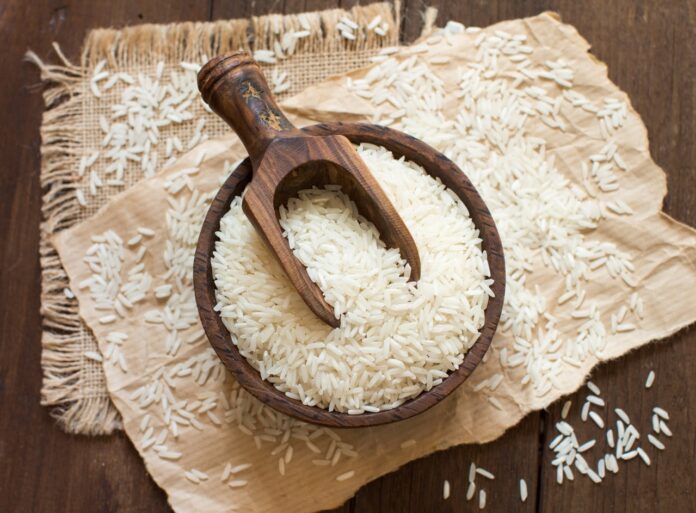The higher tariff imposed by the US administration on India, including rice exports, has created an opportunity for Pakistan to expand its share in the US aromatic rice market, according to a news report.
The tariff dispute arose from US measures targeting India’s trade and energy relations with Russia, leading to tariffs on Indian exports, including basmati rice. While some sectors were exempted, basmati rice remains subject to a 50% tariff. Pakistani basmati rice, however, faces a lower tariff of 19%, giving it a price advantage in the US market.
Indian media reports suggest that the tariff increase could reduce India’s basmati exports to the US by 50-80%, with prices potentially rising to nearly $1,800 per metric tonne.
In contrast, Pakistani basmati rice remains priced around $1,450 per metric tonne, making it more competitive for US importers. Retailers across the US have already noted an increase in interest in Pakistani basmati rice.
Pakistan’s basmati rice exports have shown consistent growth in recent years. According to the Rice Exporters Association of Pakistan (REAP), the country exported approximately 772,725 tonnes of basmati rice in FY24, generating $876.9 million, a rise from 595,120 tonnes worth $650.4 million the previous year. The average export price per tonne also saw an increase, from $1,092.93 to $1,134.86.
Data from Volza’s Global Trade platform indicates that between November 2023 and October 2024, the United States accounted for 24% of Pakistan’s total basmati rice exports, through 1,519 shipments. Italy and the United Kingdom followed with 14% (908 shipments) and 11% (716 shipments), respectively. These three markets together consumed nearly 49% of Pakistan’s basmati rice exports.
Pakistan currently exports to over 110 countries, including Australia, Saudi Arabia, the UAE, Canada, the Netherlands, and Germany. In FY24, Pakistan’s basmati exports increased by 35%, with a total of 772,725 tonnes and earnings of $876.9 million.
The US Department of Agriculture (USDA) reports that rice imports into the US have steadily increased over the past three decades, from 7% of the domestic market in 1993-94 to over 25% in 2022-23.
Over 60% of these imports consist of aromatic rice from Asia, primarily jasmine from Thailand and basmati from India and Pakistan. Although the US produces some aromatic rice, it differs in quality and aroma from the varieties imported from Asia. The USDA anticipates further growth in demand for aromatic rice imports in the coming years.
























